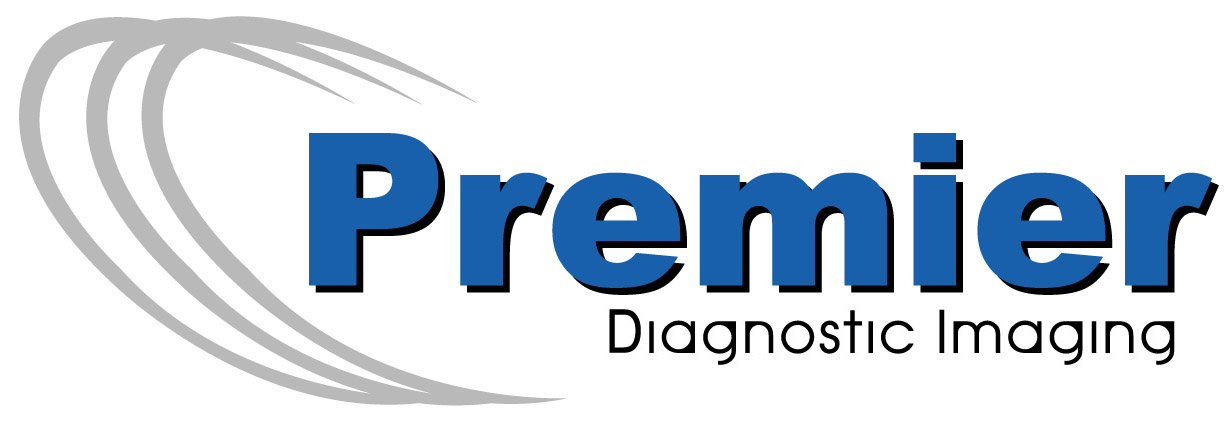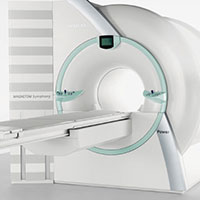Medical imaging is an essential part of healthcare. It can help diagnose and treat many different diseases, but the difference between the types of medical imaging—screening and diagnostic medical imaging—is not always clear.

Screening means taking pictures of various parts of your body to detect cancer or other serious problems early on before symptoms appear.
Diagnostic imaging, which includes x-rays and MRI scans, is used to determine what caused a specific problem with a person’s health.
Both types of imaging are essential, but there are differences. Read on to understand the difference between screening and diagnostic medical imaging and why it matters.
What is Medical Imaging?
Medical imaging is the process of creating images to find, diagnose, and treat disease. Medical imaging also helps doctors establish how a patient’s “normal” anatomy and physiology look. These baseline images can then be used for comparison when identifying any abnormalities.
The FDA defines medical imaging as any of the “several different technologies that are used to view the human body in order to diagnose, monitor, or treat medical conditions.”
There are two main categories of medical imaging: diagnostic imaging and preventative screening.
Types of Medical Imaging

Preventive Screening
- Discover disease in its early stage
- Detect problems before symptoms develop

Diagnostic Imaging
- Determine causes of illness or injury
- Confirm a diagnosis
- Monitor treatment or changes in a disease
What is Preventative Screening?
Preventative screenings detect health problems before a disease’s symptoms develop into more severe issues. They are commonly done on a routine basis for people who are at average risk of disease and who have no symptoms. These screenings include things like annual mammograms and DEXA bone scans for older adults.
What is Diagnostic Imaging?
Diagnostic imaging is a group of medical imaging techniques that uses non-invasive methods to diagnose and monitor diseases. It often helps determine the root cause of a particular symptom or is used to examine a specific concern.
For example, a doctor may order a diagnostic mammogram to check a breast lump or to examine an irregularity shown in a screening mammogram. Other types of diagnostic imaging may include using an X-ray to see if a bone was broken or an ultrasound to determine if a lump is a cyst or a tumor.
While the diagnostic imaging process is similar to that of screening, diagnostic imaging may take longer if your physician requests multiple views or different magnifications of an area.
Types of Diagnostic Imaging:
- CT Scans – Also called CAT scans, computed tomography (CT) scans use special x-ray equipment to take images from different angles, which are then processed by a computer to show a cross-section of body tissues and organs.
- Fluoroscopy – A type of imaging that shows real-time, moving x-rays of the internal body structures.
- Mammogram – Several x-ray images of the breast.
- MRI – Magnetic resonance imaging (MRI) uses radio waves, a strong magnetic field, and a computer to generate detailed, cross-sectional images of the inside of a patient’s body.
- Nuclear Imaging – A diagnostic tool used to accurately visualize the flow and function of different organs of your body.
- Ultrasound Imaging (or sonography) – A method of seeing inside the human body using high-frequency sound waves.
- X-rays – This type of imaging uses a minimal dose of ionizing radiation to produce pictures of the body’s internal structures.
The Main Difference Between Preventative Screening and Diagnostic Imaging
The main difference between preventive imaging and diagnostic imaging is the purpose of the image, or why the image was ordered. The purpose of screening images is to discover disease at an early stage so doctors can treat it quickly. The purpose of diagnostic imaging is multifold. The images can help doctors determine the cause of an injury or illness, monitor treatment, or confirm a diagnosis. Sometimes both types of imaging are used in tandem, with diagnostic imaging adding more information to an irregularity shown in a screening image.
Similarities and Benefits
Most screening and diagnostic images are painless and non-invasive medical imaging procedures. Both help healthcare providers diagnose and manage diseases and conditions.
Medical imaging benefits are earlier and better diagnoses, painless diagnostic procedures (especially compared to exploratory surgeries), and because diseases and conditions caught in earlier stages, lower healthcare costs.
If you have questions about which type of medical imaging is best for you, speak with your healthcare provider.
Sources
Medically reviewed by Dr. Seth Means




